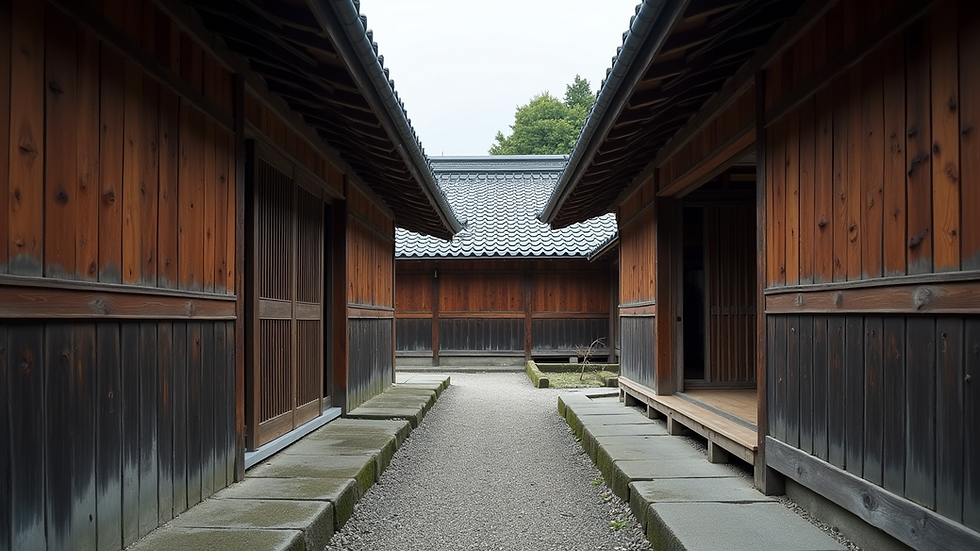Is it Yakisugi or Shou Sugi Ban?
- northwestshousugib
- Oct 27
- 2 min read
I took a call from a self-professed “Nerd” today.
Their question was simple, but it stopped me in my tracks:
“Why are you still calling it Shou Sugi Ban? You know it’s actually called Yakisugi, right?”
That one question turned into a great conversation—one that gave me pause.

Sure, I already knew that Yakisugi is the traditional Japanese term for the process we use: an age-old technique that preserves wood by charring its surface. What I hadn’t fully internalized, though, was that Shou Sugi Ban is actually a westernized (and not entirely accurate) translation of the same concept.
Although the two terms are often used interchangeably, they come from different linguistic and cultural roots—and that’s worth talking about. As someone who loves to teach and to learn, I realized I had a bit more homework to do.
A Quick Background on the Terminology
The term Yakisugi (焼杉板) comes from two Japanese words:
Yaki (焼) — “to burn”
Sugi (杉) — “cedar”
So, Yakisugi literally means “burned cedar.” The technique has been practiced in Japan for centuries, mainly to protect cedar siding on temples and traditional wooden homes from weather, insects, and decay.
Shou Sugi Ban (焼杉板), on the other hand, is an anglicized and somewhat mistaken version of Yakisugi-ita—the full Japanese phrase meaning “burned cedar boards” (ita = boards).
When the method caught the attention of Western architects and designers, the name was mistransliterated. English speakers heard “焼杉板” and rendered it phonetically as Shou Sugi Ban.
“Shou” likely came from an old romanization of 焼 (shō in some dictionaries).
“Sugi” is accurate.
“Ban” is an alternate reading of 板 (ita or ban, depending on context).
And so, Shou Sugi Ban entered the Western design vocabulary—a catchy but imperfect translation that stuck.

Tradition Meets Translation
At Northwest Shou Sugi Ban LLC, we’ve long used the less “correct” term, admittedly out of habit and cultural familiarity. It’s ironic, really—because as a company deeply committed to the authentic craft of traditional wood preservation, we’ve been using an inauthentic name for it.
The phone call that started this reflection wasn’t critical—it was friendly, curious, and engaging. And I’m grateful for it. It reminded me that in this craft, as in all things, context and cultural understanding matter.
To my Japanese-speaking friends: thank you for your patience—and my apologies for the linguistic inaccuracy.
What Do You Think?
Should we rename our workshop Northwest Yakisugi?
Or has Shou Sugi Ban become too much a part of our shared design language to change?
We’d love to hear your thoughts in the comments.

Comments